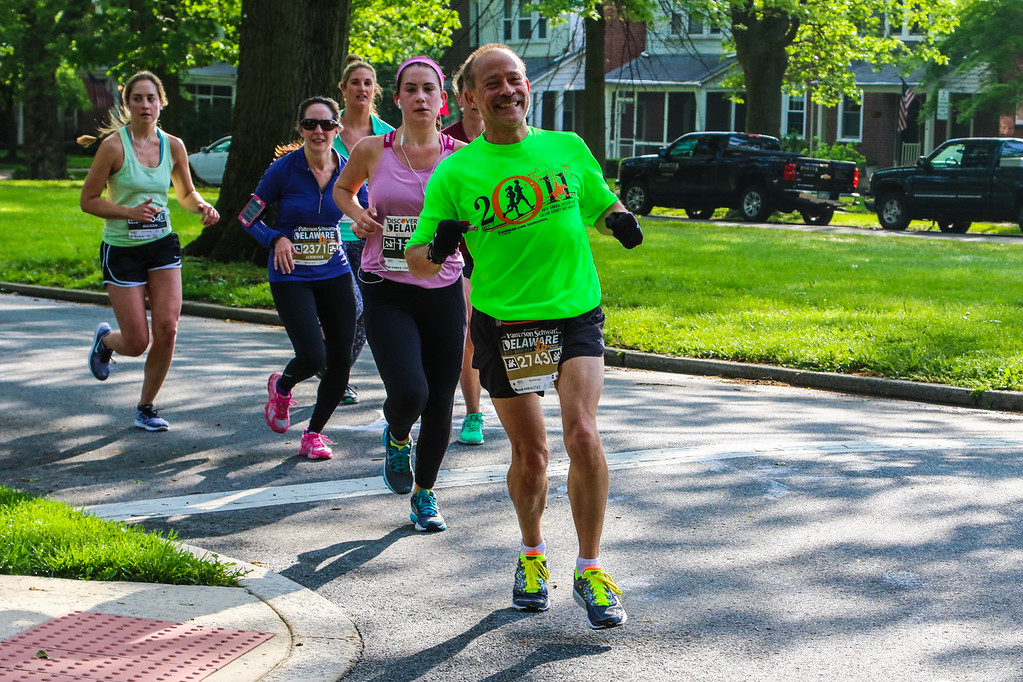A new twist on an old rhyme from our childhood:
Beets, Beets; The magical fruit;
Beets, Beets; The magical fruit;
The more you eat, the faster you scoot.
The faster you scoot, the better you feel,
So eat your beats at every meal!
I don’t really like beets. I think they taste like dirt.
But I am willing to eat them before a run for the performance benefits. There
is real science involved here, and my personal experience is that it works!
Maybe it’s just a case of “thinking I can,” but I’ll take every little bit of
help I can get. Read below for a summary of the science, with footnotes and
everything. Follow the footnoted links if you’re really into scientific and
mathematical explanations of running physiology.
Beets are a great source of inorganic nitrate. Some
of the nitrate ends up in your saliva, when friendly bacteria convert it to
nitrite. Elsewhere in the body, the nitrite is converted to nitric oxide, which
does... well... a whole bunch of things related to blood flow, muscle
contraction, neurotransmission, and so on.1
Eleven recreationally fit men and women were studied in a
trial performed in 2010. The purpose of this study was to determine whether
whole beetroot consumption improves endurance exercise performance. Participants
underwent two 5k treadmill time trials in random sequence, once after consuming
200g of baked beetroot and once after consuming a cranberry relish placebo. Velocity
during the 5k run tended to be faster after beetroot consumption. During the
last 1.1 miles of the 5k run, velocity was 5% faster in the beetroot trial. No
differences in exercise heart rate were observed between trials; however, at 1.8k
into the 5k run, rating of perceived exertion was lower with beetroot.2
In another study, 10 healthy men ingested 3 different
amounts of beetroot juice and were challenged with both moderate-intensity
and severe-intensity cycle exercise tests. The higher amounts of
beetroot juice (up to 10 oz) were found to reduce the steady-state oxygen uptake
during moderate-intensity exercise by up to 3%, (i.e. it was easier to bike
faster) whereas time-to-task failure was extended by up to 14%.3
Thus, consumption of whole beets can improve running
performance in healthy adults. The maximum effect is felt 2 to 3 hours after
ingestion, with everything back to normal after 12 hours.
Bonus: beets were also found to lower blood pressure by
up to “10-over-4”.
Eat a couple of beets two hours before your next race or
training run, and see for yourself!
Footnotes:
The Plant-Based Plodder


